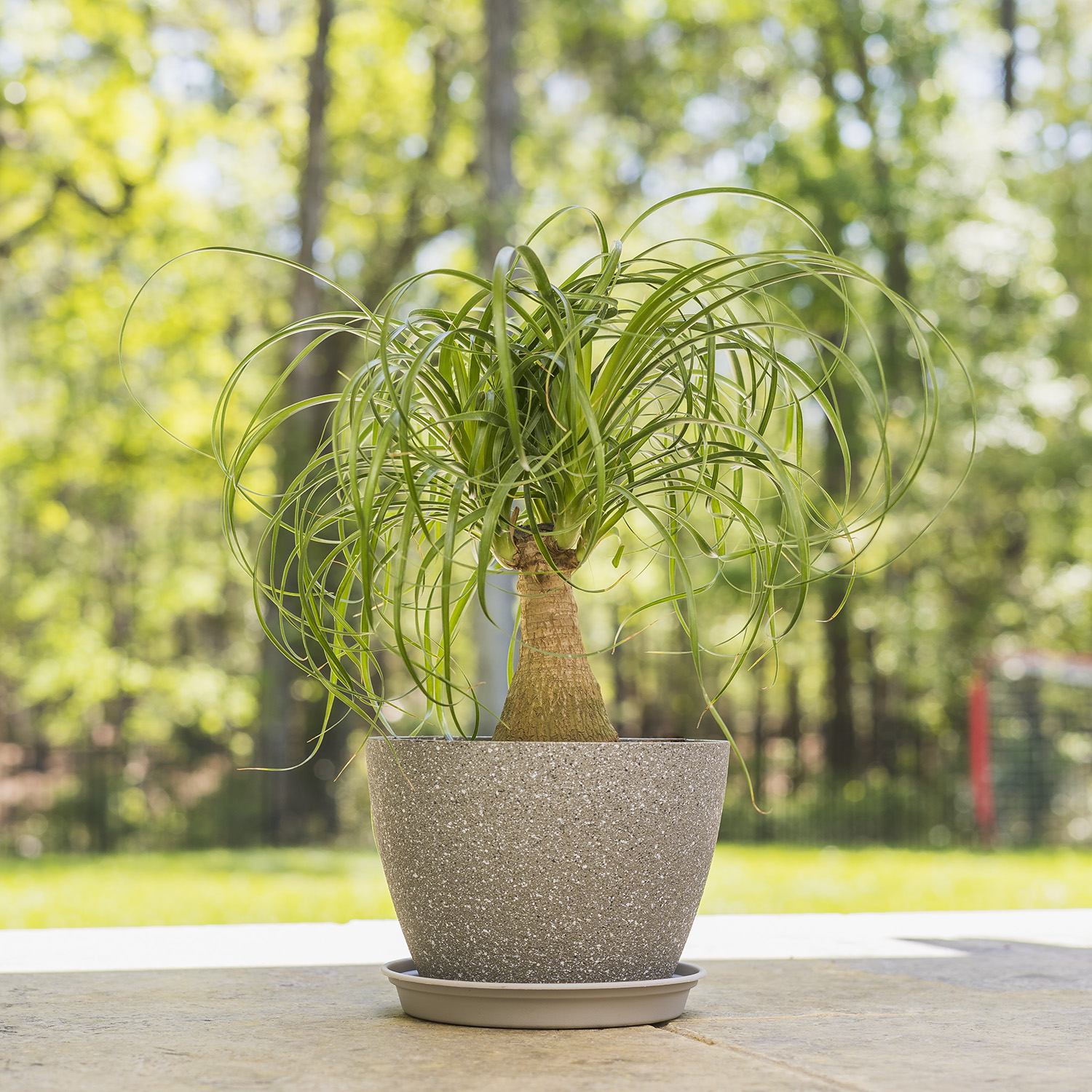Ponytail Palm Plant: A Low-Maintenance Houseplant
Ponytail palms, with their distinctive bulbous base and cascading leaves, are a popular choice for indoor gardeners. They are known for their resilience and ease of care, making them ideal for beginners and busy individuals.
Light: These plants thrive in bright, indirect light. A sunny windowsill is a good location, but avoid direct sunlight, which can scorch the leaves.
:strip_icc()/ponytail-palm-plant-95d1052f-5225efca51f94e66b0d1d66bbbe7a997.jpg)
Yellowing Leaves: This could be a sign of overwatering. Allow the soil to dry out completely before watering again.
Ponytail palms are a beautiful and low-maintenance addition to any home. With their unique appearance and easy care requirements, they are a great choice for both experienced and novice gardeners. By following these simple care tips, you can enjoy the beauty of your ponytail palm for years to come.
1. Can ponytail palms grow outdoors? While they can tolerate outdoor conditions in warm climates, they are best suited for indoor environments where they can be protected from extreme temperatures and weather.
2. How often should I repot my ponytail palm? Repot your ponytail palm every 2-3 years to provide fresh soil and adequate space for root growth.
3. Can ponytail palms flower? While rare, ponytail palms can bloom under ideal conditions. The flowers are small and inconspicuous.
4. Are ponytail palms toxic to pets? No, ponytail palms are not toxic to cats or dogs.
5. What is the best way to propagate a ponytail palm? Ponytail palms can be propagated from offsets (pups) that grow at the base of the main plant. Carefully remove the offsets and pot them up in well-draining soil.







:strip_icc()/alcea-rosea-old-barnyard-hollyhock-ca629344-60ece34452c94844939ad381390abfc1.jpg?w=200&resize=200,112&ssl=1)
